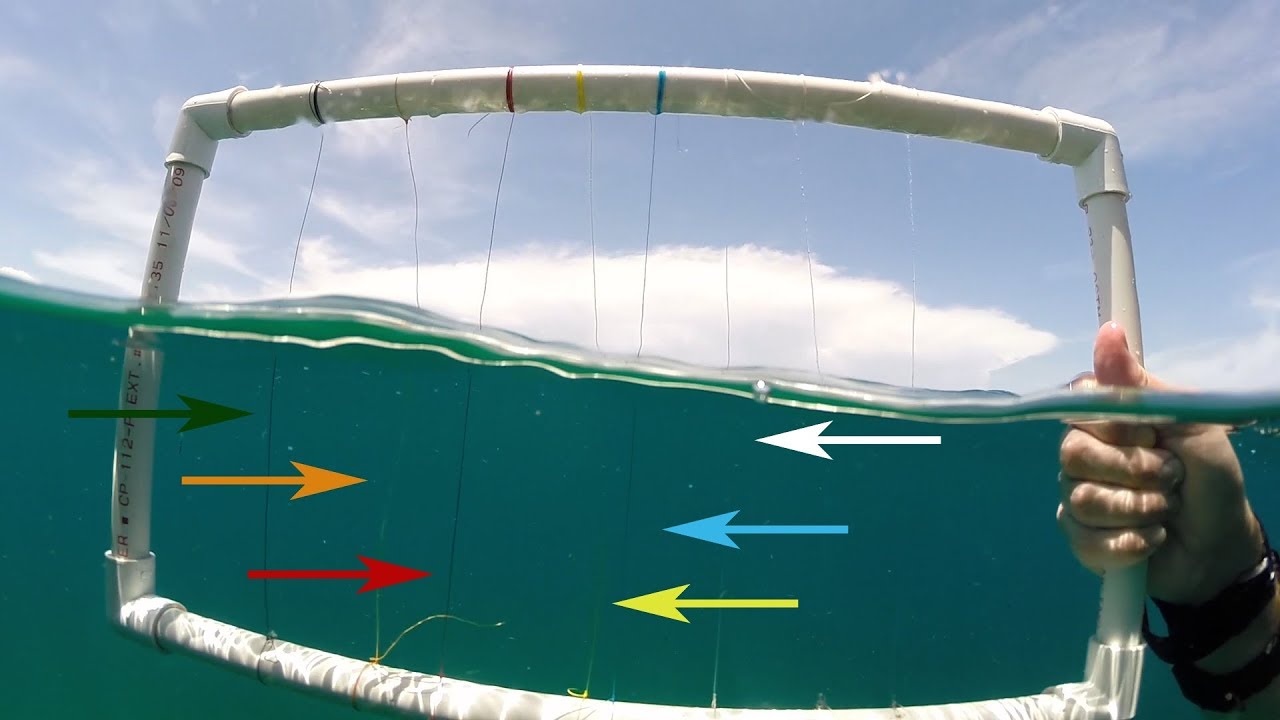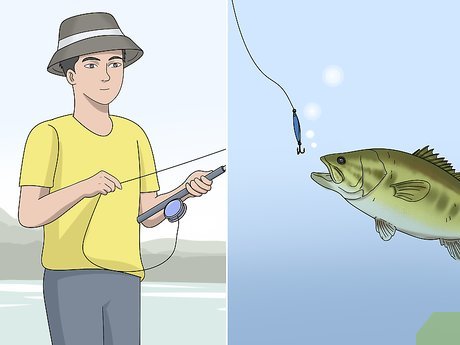When to Use Braided Fishing Line

Use braided fishing line for strong, sensitive, and long-distance casting in heavy cover or vegetation. It excels in situations where durability and line visibility are critical.
Braided fishing line stands as a top choice among anglers for its superior strength and lack of stretch. This type of line provides increased sensitivity, allowing fishermen to feel even the slightest nibbles on their bait. It’s particularly effective in tough fishing environments where the vegetation or rocky structures might break weaker lines.
Additionally, braided lines maintain a thinner diameter than monofilament or fluorocarbon lines of the same strength, enabling longer casts and better precision. Ideal for both spinning and baitcasting reels, braided line ensures that every fishing trip is optimized for success, making it a valuable asset in any angler’s toolkit. Whether targeting bass in lily pads or fishing for pike in the reeds, the power and performance of braided line are unmatched.

Credit: www.fishing.net.nz
The Unique Advantages Of Braided Line
The unique advantages of braided fishing line lie in its superior strength-to-diameter ratio. Anglers favour braided lines because they can hold heavy fish with thin diameters. These lines offer more power in a smaller package. This means you can spool more line on your reel.
Braided fishing lines boast exceptional durability. They resist abrasion and last longer in tough conditions. Unlike monofilament lines, they do not stretch. This quality ensures that your line survives the sharp edges of rocks and debris underwater. Braided lines stand the test of time and elements, making them a wise choice for serious anglers.
Situations That Call For Braided Line
Fishing in heavy cover demands a line that resists abrasion. Thick vegetation and underwater structures can easily break weak lines. Braided lines excel in these conditions due to their superior strength.
Deep water jigging often involves battling powerful fish. A braided line’s lack of stretch ensures better hook sets. It provides sensitive feedback, crucial for detecting bites.
For casting long distances, anglers prefer braided lines. They’re thin, allowing them to travel farther with less effort. This is important when targeting fish that are spooked easily.
Comparing Braided Line To Monofilament And Fluorocarbon
Braided fishing lines score high on sensitivity due to near-zero stretch. Fishers feel even the smallest nibbles or movements. This compares to monofilament lines, which stretch more and reduce bite detection. Then there’s fluorocarbon, sitting between the two for stretch.
Underwater, each line type differs. Braided lines can be more visible to fish. This could affect catch rates in clear waters. In contrast, fluorocarbon lines are nearly invisible underwater, making them a stealthy choice.
Line memory—how well a line keeps its shape—also varies. Monofilament lines can hold curls from being stored on a reel. This memory can cause tangles and snarls. Braided lines, with their low memory, provide smoother casting and less tangling.

Credit: www.reelcoquinafishing.com
Knots And Rigging Techniques For Braided Line
Mastering the right knots for braided fishing line is crucial. A common choice is the Palomar knot, known for its strength and simplicity. Perfect for connecting hooks, it works by doubling the line and creating a loop, which is then pulled through the hook’s eye. After tying an overhand knot with the loop, the hook is passed through the loop’s end before tightening.
To prevent slippage, the Improved Clinch Knot is excellent. Start by threading the line through the eye of the tackle. Then, wrap the tag end around the main line five to seven times. Insert the tag end through the small loop near the eye, and then through the large loop formed. Wet the line and pull the tag end to tighten the coils, then slide down to the eye.
Double Uni Knot shines in joining braided lines. It involves two simple Uni knots pulled together to secure the connection. Importantly, use more wraps with braided lines for a stronger hold.
Maintaining Braided Line For Longevity
To ensure durability and high performance, properly clean and store your braided fishing line. Keep the line dry to prevent mildew and damage. Gently wash with mild soap and water, removing salt and grime. After cleaning, make sure to dry it thoroughly before storage.
Avoid direct sunlight and high temperatures during storage; these can weaken the line. Instead, opt for a cool, dark place. Ideal storage options include a tackle box or a spool rack inside your gear shed.
Knowing when to replace your braided line is key. Check for fraying, fading color, and reduced casting distance. These signs imply it’s time to invest in a new line. Regular check-ups after each use can prolong the line’s life.

Credit: www.ebay.com
Reeling It In: When Not To Use Braided Line
Braided fishing line isn’t always the best choice. Anglers often find monofilament or fluorocarbon lines to outperform in certain situations. Consider a switch to these alternatives when:
- You need stretch in your line. Monofilament provides give that aids in preventing hook pulls.
- Clear water is your fishing environment. Fluorocarbon’s near invisibility underwater can be the edge you need.
- The target species are line-shy. In such cases, fluorocarbon’s lower visibility could increase your success rate.
- You’re aiming for topwater techniques. Monofilament floats better, making it ideal for topwater lures.
Finesse techniques benefit greatly from the delicate presentation offered by monofilament or fluorocarbon. Fishing around sharp structures? Fluorocarbon’s superior abrasion resistance offers an advantage. Braided lines can fail here due to their susceptibility to cuts.
Frequently Asked Questions For When To Use Braided Fishing Line
What Is Braided Fishing Line Good For?
Braided fishing line excels in strong, clear waters for its exceptional strength, sensitivity, and durability. Ideal for pulling fish from heavy cover, it allows longer casts with less stretch.
What Is The Disadvantage Of Braided Fishing Line?
Braided fishing line has poor knot strength and visibility in water, which can reduce its effectiveness for stealthy fishing techniques.
Where Do You Use Braided Fishing Line?
Braided fishing line is best used in situations requiring high sensitivity and strength, like heavy cover conditions, or when targeting large fish. It’s ideal for bass fishing, deep sea angling, and casting long distances due to its thin diameter and lack of stretch.
Should I Switch To Braided Fishing Line?
Switching to braided fishing line can enhance casting distance, offer greater strength per diameter, and improve sensitivity to bites. Consider your fishing environment and target species before transitioning, as braided line suits certain conditions and techniques better.
Conclusion
Selecting the right fishing line is crucial for a successful fishing trip. Braided lines offer distinct advantages, from increased sensitivity to less stretch. Remember, it’s about matching your gear to your needs. For those situations demanding precision and durability, braided line is the unmatched choice.
Happy fishing and tight lines!



